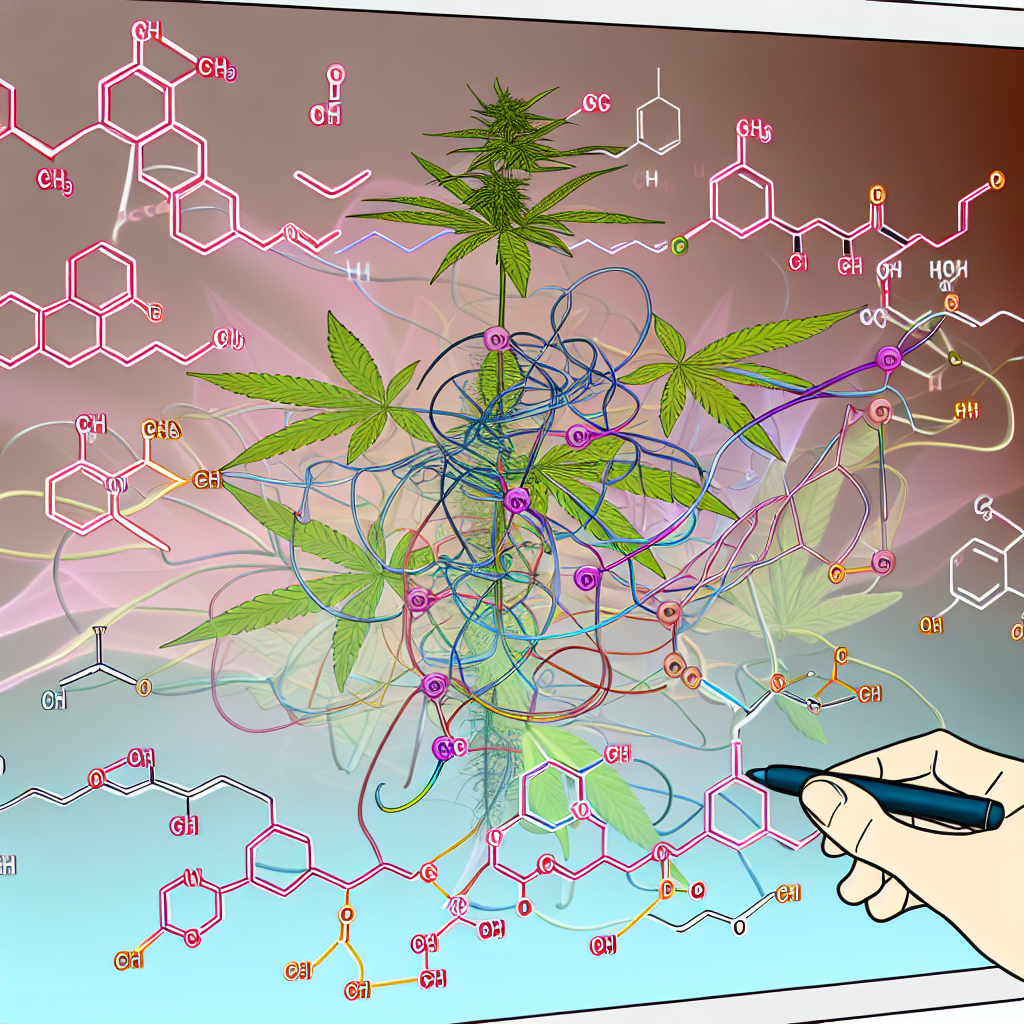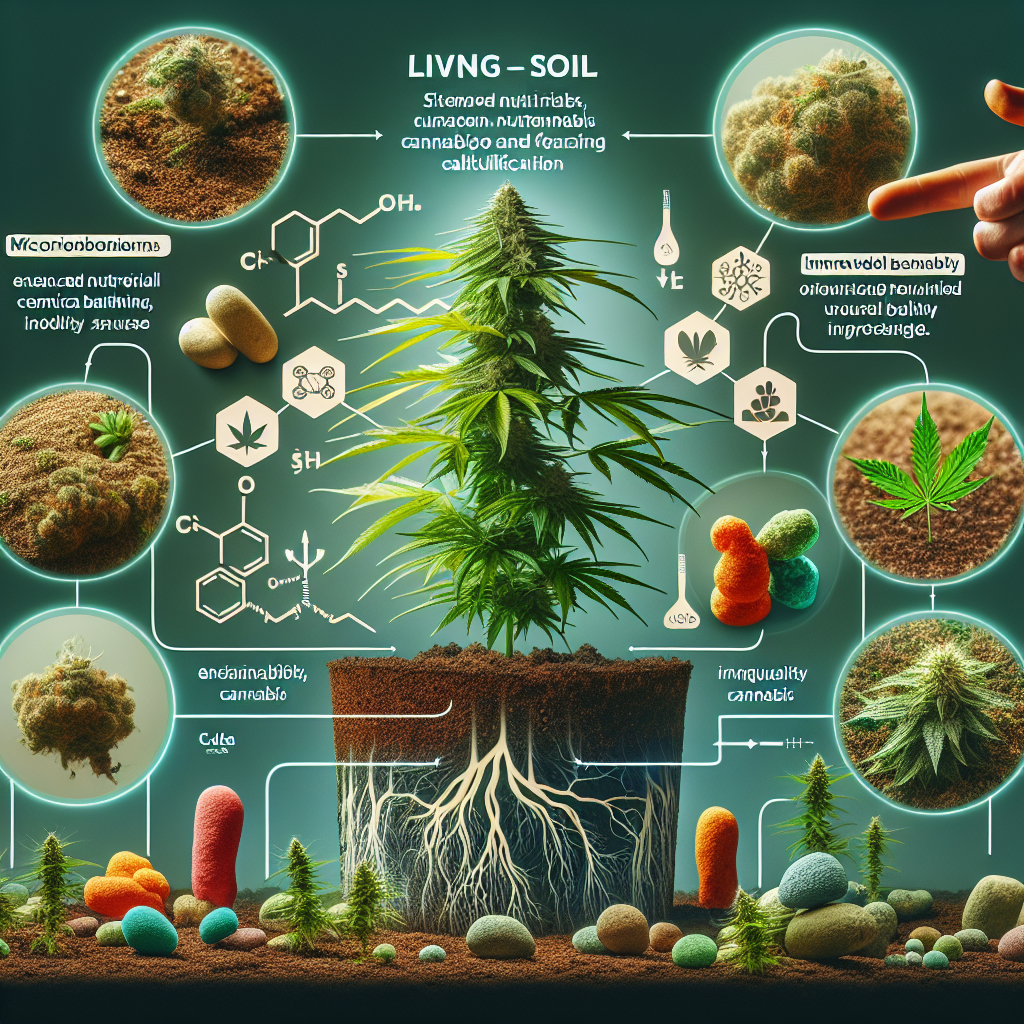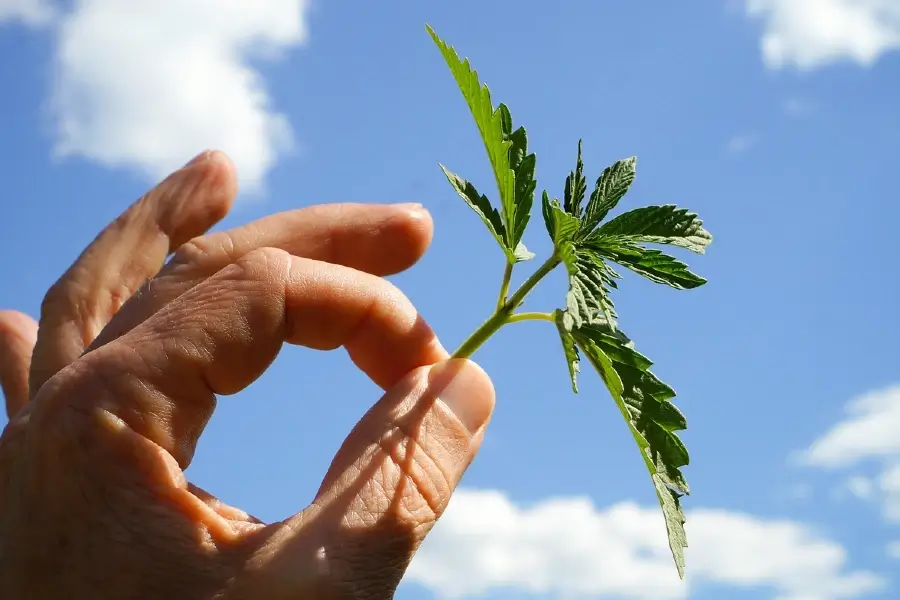Cannabinoid Acid Precursors: A Deep Dive into Biosynthetic Pathways and Their Manipulation
Introduction
In recent years, the cannabis industry has seen remarkable progress in both cultivation methods and scientific understanding. Central to this advancement is a deeper appreciation of the role of cannabinoid acid precursors—the raw biochemical compounds that precede the creation of well-known cannabinoids like THC and CBD.
These compounds include cannabigerolic acid (CBGA), tetrahydrocannabinolic acid (THCA), and cannabidiolic acid (CBDA). Rather than being inactive, these precursors show pharmacological activity. For instance, they potentially exhibit anti-inflammatory, antiemetic, and neuroprotective properties—making them valuable for therapeutic use even before decarboxylation.
The biosynthesis of cannabinoid acids initiates in the plant’s trichomes through both the mevalonate and non-mevalonate pathways. CBGA, often dubbed the “mother cannabinoid”, is biosynthesized first. Depending on enzyme activity, CBGA is converted into THCA, CBDA, or cannabichromenic acid (CBCA). Several factors—particularly genetic expression, light cycles, temperature, and nutrient input—affect this process at the molecular level.
As genetic and agricultural technologies evolve, there is increasing interest in tailoring these biosynthetic pathways. By manipulating the molecular machinery of cannabis plants, cultivators can enhance yields of specific cannabinoid acids to meet medical needs or market demands. Developments in genomics, synthetic biology, and controlled cultivation techniques are facilitating the precision crafting of cannabinoid profiles. This holds particular value for medical professionals, genetic engineers, extraction specialists, and entrepreneurs striving to blend science with business innovation.
Understanding these mechanisms allows breeders to refine cannabis strains for specific effects or efficacy profiles. As the marketplace grows more cannabinoid-conscious, this research provides a crucial edge in product differentiation and therapeutic advancement.
Features & Scientific Findings
A thorough understanding of how cannabinoid acid precursors are biologically synthesized is fundamental to advancing cannabinoid science and refining cannabis-based products. Key enzymes like THCA synthase, CBDA synthase, and CBCA synthase regulate the transformation of CBGA into its acidic derivatives.
One pivotal study by Taura et al. in the Journal of Natural Products (2004) highlighted the isolation of CBDA synthase and demonstrated that gene regulation leads to selective conversion of CBGA into CBDA. This insight paved the way for synthetic modification of enzymes to increase yields of particular cannabinoid acid types.
Further innovation was unveiled in 2019, when researchers at the University of California, Berkeley genetically engineered yeast to synthesize CBGA and other cannabinoid acids. By inserting specific cannabis genes into microbial systems, they created a platform to mass-produce cannabinoid acids without traditional farming. This method not only enhances production efficiency but also supports environmental sustainability by reducing agricultural inputs.
On the therapeutic front, acidic cannabinoids carry their own medicinal properties. A 2021 study in Frontiers in Pharmacology demonstrated that CBDA modulates the 5-HT1A serotonin receptor, and may be beneficial for addressing chemotherapy-induced nausea and vomiting. Separate investigations have assessed THCA as a potential neuroprotective agent in diseases like Parkinson’s and Huntington’s by mitigating inflammation and oxidative injury in brain tissue.
Environmental manipulation also shows promise. Factors like UVB light exposure have a notable influence on trichome development and could elevate enzymatic activities. Studies cite improvements in both trichome density and cannabinoid acid yields under these controlled conditions.
Additionally, the application of CRISPR-Cas9 gene editing allows researchers to fine-tune cannabinoid biosynthesis at the genetic level. Genes responsible for cannabinoid acid conversion can be edited, suppressed, or enhanced, leading to custom-designed strains rich in targeted cannabinoids. This could lead to cannabis varieties optimized for specific medical conditions or consumer experiences.
For cannabis professionals, this research offers significant commercial opportunities. Breeders can develop cannabinoid-specific cultivars; extraction specialists can target high-yield acid extractions; and medical producers can deliver acid-rich formulations that maintain their therapeutic integrity.
Conclusion
As our understanding of cannabis biochemistry deepens, the role of cannabinoid acid precursors gains increasing significance. Through enzymatic study, genetic engineering, and advanced cultivation techniques, we now stand on the threshold of tailoring cannabinoids from the ground up. This evolution marks a new era in cannabis research, transforming how we think about both cultivation and consumption.
For healthcare, research, and commerce alike, this signals a future where therapeutic precision and cannabinoid creativity meet. By leveraging tools like biosynthetic engineering, CRISPR technologies, and microbial synthesis, the cannabis sector is poised for a surge in targeted product development, sustainability, and medical utility.
Concise Summary
Cannabinoid acid precursors such as CBGA, THCA, and CBDA are active compounds with their own medicinal benefits and serve as the foundation for active cannabinoids like THC and CBD. These acids are biosynthesized in cannabis trichomes, shaped by enzymes and environmental variables. Advances in genetic engineering, synthetic biology, and CRISPR technology enable precise control over which cannabinoids are produced. Studies show CBDA and THCA hold therapeutic promise in areas like inflammation, nausea, and neuroprotection. As cannabinoid science evolves, manipulating these pathways offers major potential for personalized medicine, sustainable production, and innovative cannabis-based therapies.
References
1. Taura, F., et al. (2004). Cannabidiolic-acid synthase, the chemotype-determining enzyme in cannabis. Journal of Natural Products
2. Luo, X., et al. (2019). Complete biosynthesis of cannabinoids in yeast. Nature
3. Rock, E. M., et al. (2021). Cannabis sativa constituents, cannabidiol and cannabidiolic acid, reduce nausea and vomiting in rat and shrew models. Frontiers in Pharmacology
4. Morales, P., et al. (2017). A comparative overview of the phytocannabinoids: pharmacokinetics, mechanisms of action, and interaction with the endocannabinoid system. Progress in Neuro-Psychopharmacology & Biological Psychiatry




